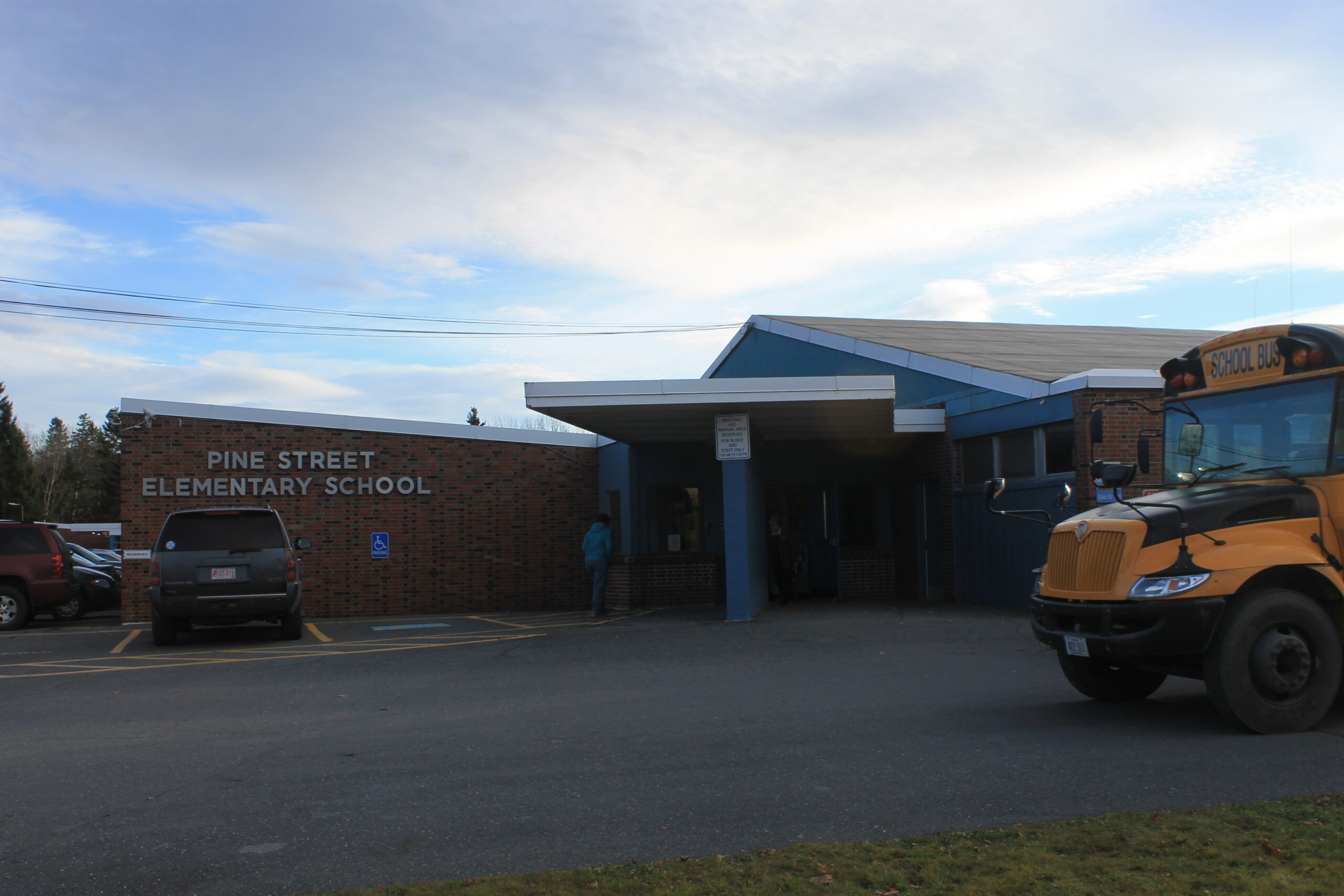PRESQUE ISLE, Maine — With state funding for new school construction likely not available until the mid-to-late 2020s, the Maine School Administrative District 1 community will have to have a conversation about ways to move forward in saving money on building costs, said Clint Deschene, the district’s assistant superintendent for business.
On June 14, the Maine Department of Education released its priority list for new school construction projects, a ranking of 74 schools that applied for funding for new school construction based on their need as determined by the DOE.
Presque Isle High School was ranked 21 and Zippel and Pine Street Elementary Schools were ranked 43 and 46 respectively.
While the list won’t be finalized until the fall, Deschene said the rankings effectively mean that MSAD 1 probably won’t be able to access state funding for “at least another decade.”
For comparison, Regional School Unit 39 applied for funding for a new Caribou Elementary School in 2009 when state officials ranked it 11th and it is just this year beginning construction, Deschene said.
MDOE spokesperson Rachel Paling said that funding for new schools is allocated through the state’s biennial budgets, and that the agency considers a range of factors as it awards those funds to schools on the list.
“There are many variables regarding how many projects may be funded, including adjustments in debt limits, size and grade levels of approved schools, future construction costs, and the length of time until a new priority list is approved,” Paling said in an email. “To make these decisions, the department will work through the list in order.”
Deschene said that the MSAD 1 administration and board will be discussing how to proceed based on the ranking and likely hosting several public workshops this summer.
“We’ve got to reassess what the way is forward.”

Employees from the architectural firm Oak Point Associates display a design of Presque Isle High School during a public information meeting on MSAD 1’s right-sizing proposal on Tuesday, Jan. 16. Under the conceptual plan, Presque Isle High School would host grades 6 to 12, while the Skyway Middle School would host pre-K through grade 5. (Anthony Brino)
Deschene and other staff have spent the past several years analyzing options for saving money by addressing the district’s aging and unused building space spread across four schools in Presque Isle. The district’s student population has declined by an average of 1.5 percent each year over the last 30 years and is estimated to decline from around 1,800 currently to 1,700 by 2020.
Meanwhile, approximately 10 percent of the annual budget, or $2 million per year, is devoted to keeping schools maintained, powered and heated and the district’s oldest school, Pine Street, is in need of a new roof at an estimated cost of about $2 million.
The district has been discussing various “right-sizing” plans to consolidate Presque Isle schools, with or without state funding and depending on the wishes of local voters, who would ultimately have to approve any school closure.
One conceptual plan developed with an architectural consultant examined the feasibility of closing Pine Street Elementary while moving grades pre-K to 5 to the current middle school, grades 6 to 12 to the high school, and administration and other departments to Zippel Elementary.
That conceptual plan could cost $12 million or more and could be paid for with local bonding. Despite the price-tag, such a plan could still save local tax dollars in the long-term by redirecting maintenance and operational costs into more efficient buildings, Deschene said at a January meeting on the topic. At the time, Deschene said the district wanted to wait to see if new school funding would be available in the coming years.
Now, members of the board and public are going to have to discuss how to proceed, Deschene said.
“There’s going to be some tough choices on how we fund things,” he said. “We might have to look at simpler, short-term fixes. The concern we have is we’ve established as a board that our footprint is large, so we need to maintain the best facilities for our educational model and staff to be sustainable.”








